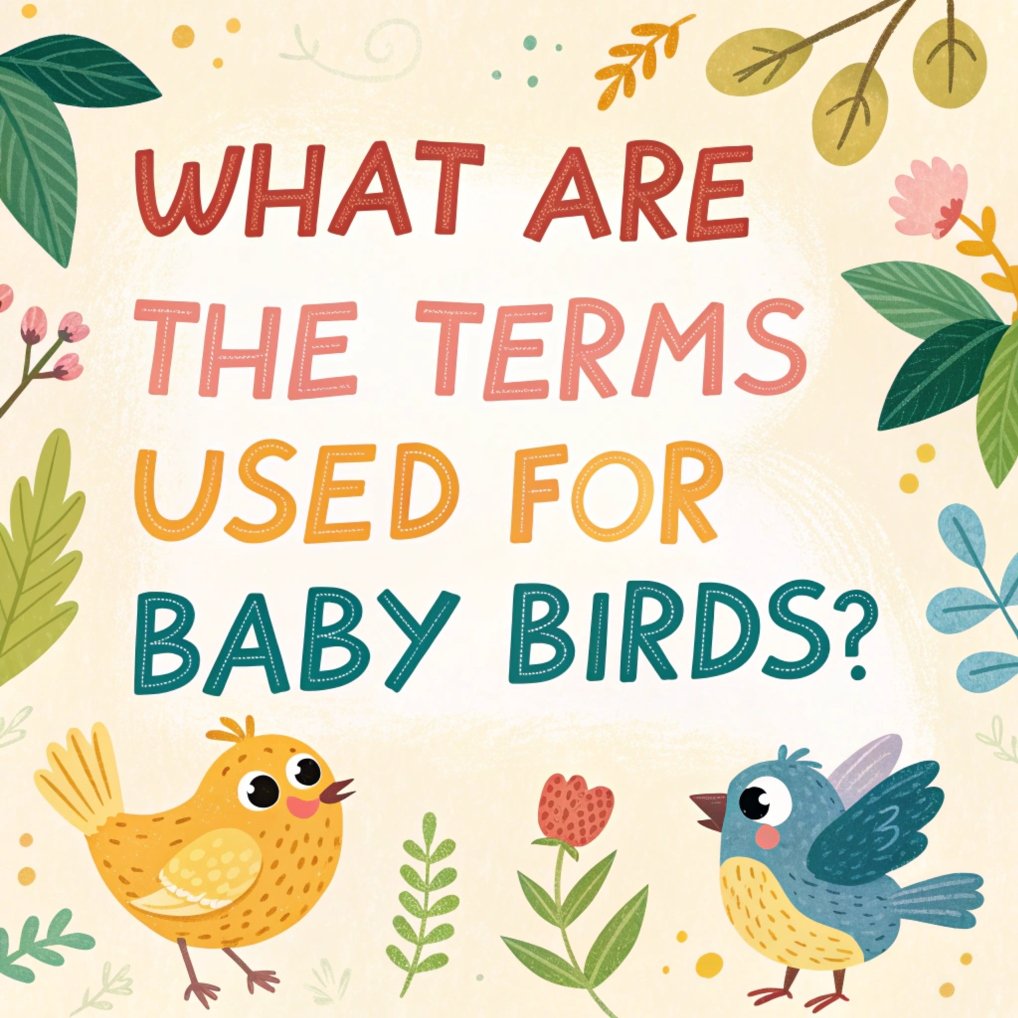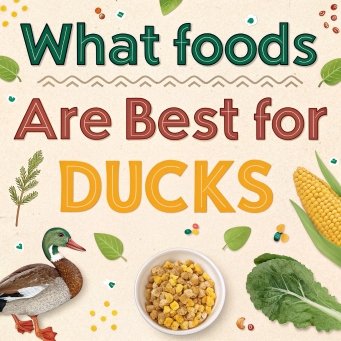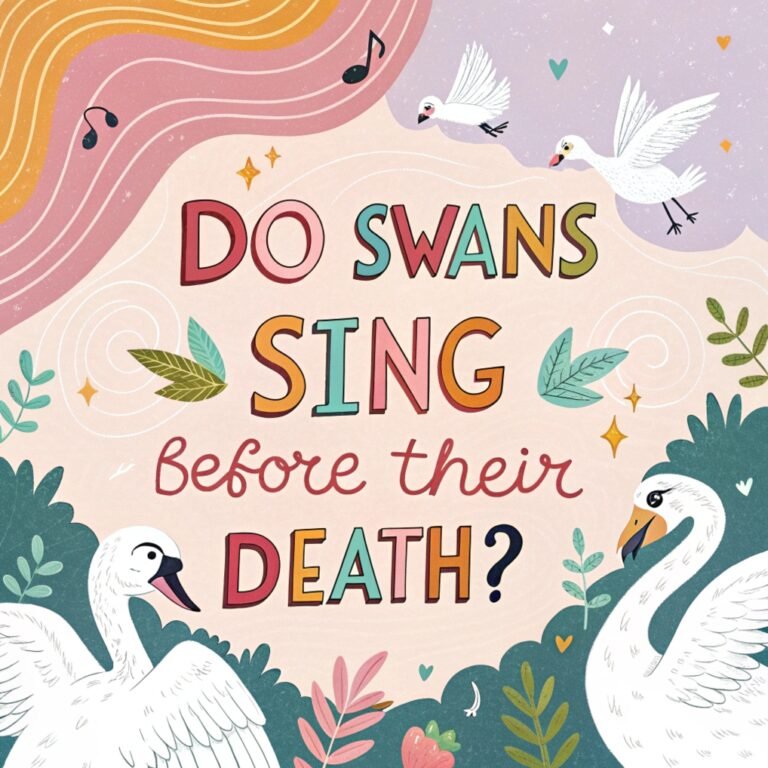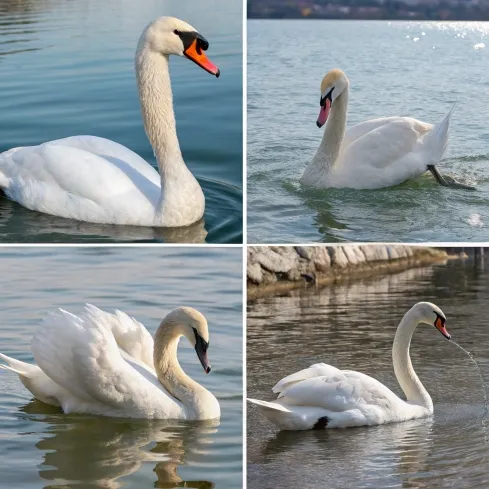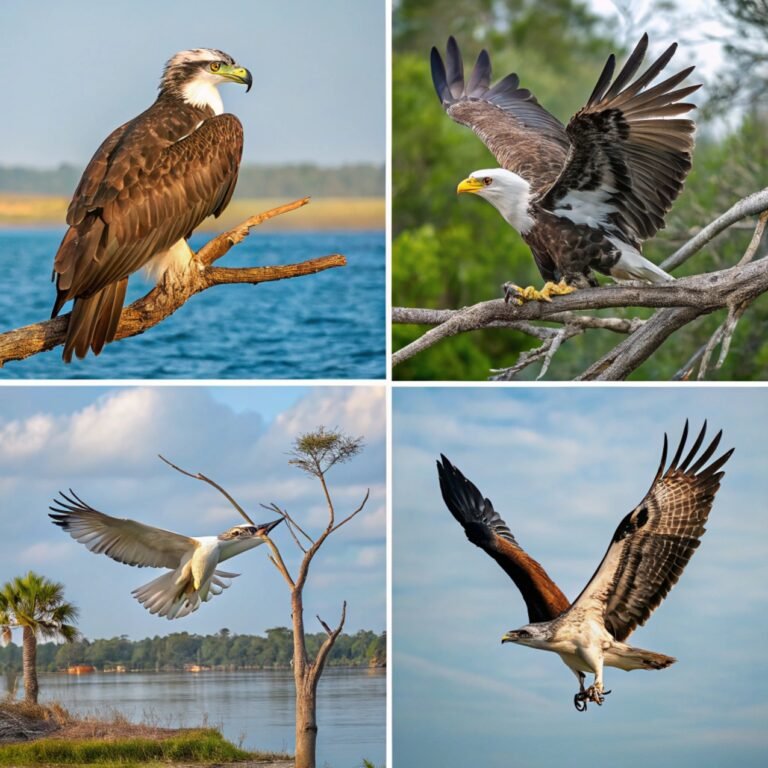What Are the Terms Used for Baby Birds? – Fascinating World of Baby Birds
As we delve into the captivating realm of ornithology, it’s essential to understand the various terms used to describe baby birds at different stages of their development.
From the moment they hatch to their first flight, these young avians undergo remarkable transformations, each stage marked by unique characteristics and terminology.
In this comprehensive guide, we’ll explore the diverse vocabulary used to describe baby birds, shedding light on their growth journey and the fascinating world of avian development.
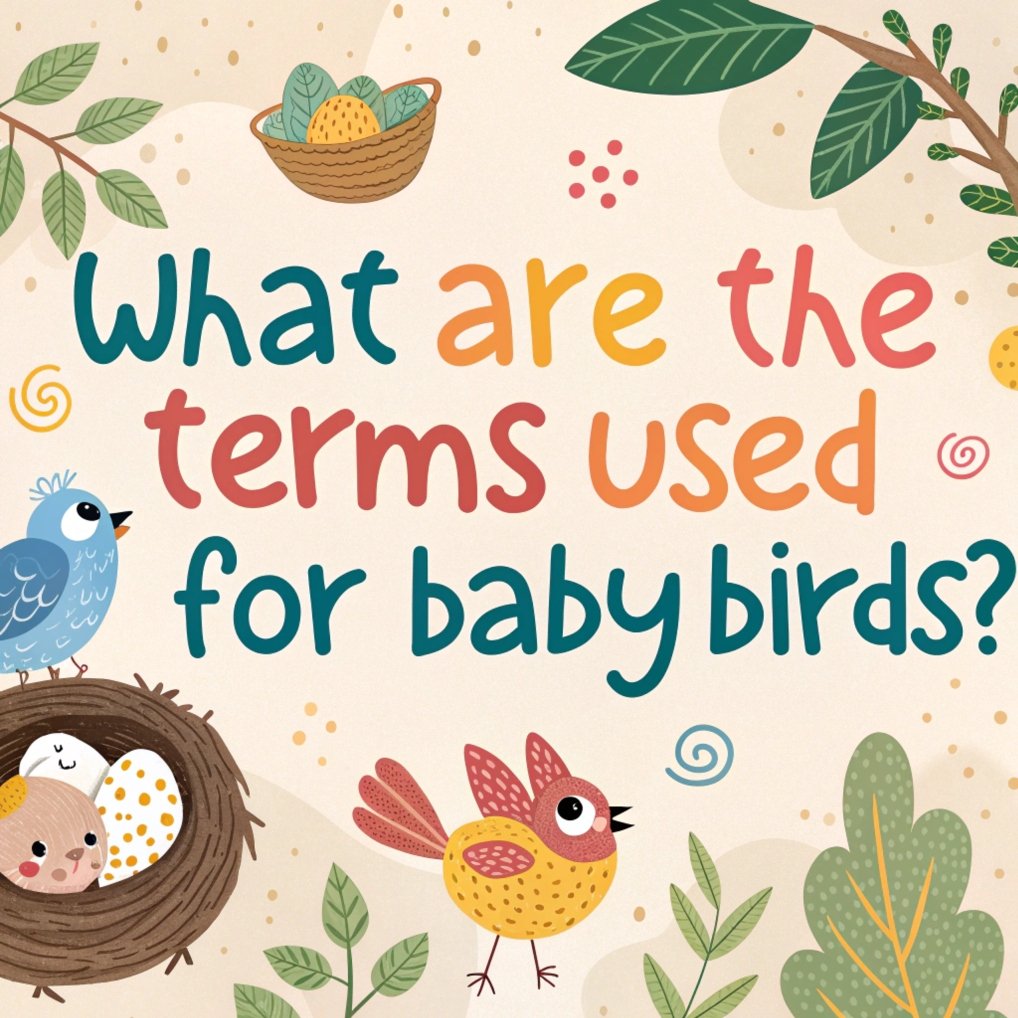
Key Takeaways:
- Hatchling: A newly hatched bird, often featherless and blind
- Nestling: A young bird still confined to the nest, developing feathers
- Fledgling: A bird that has left the nest but is still learning to fly
- Chick: A general term for a baby bird, often used for precocial species
- Juvenile: A young bird that has acquired its first set of adult feathers
- Altricial: Birds born helpless and requiring extensive parental care
- Precocial: Birds born more developed and able to leave the nest quickly
- Clutch: A group of eggs laid by a bird in a single nesting attempt
- Brood: A group of young birds from the same clutch
- Fledging: The process of a young bird leaving the nest and learning to fly
The Journey Begins: Understanding Hatchlings
When a baby bird first emerges from its egg, it’s known as a hatchling. This stage marks the beginning of a remarkable journey for these tiny creatures. Hatchlings are typically blind, featherless, and entirely dependent on their parents for survival.
In altricial species, which include most songbirds, hatchlings are born in a highly underdeveloped state.
They have closed eyes, bare skin, and are unable to regulate their body temperature. These vulnerable chicks rely completely on their parents for warmth, protection, and nourishment.
Conversely, precocial species, such as ducks and chickens, hatch with open eyes and a covering of downy feathers.
These more developed hatchlings can often leave the nest shortly after hatching, though they still depend on their parents for guidance and protection.
Growing Strong: The Nestling Stage
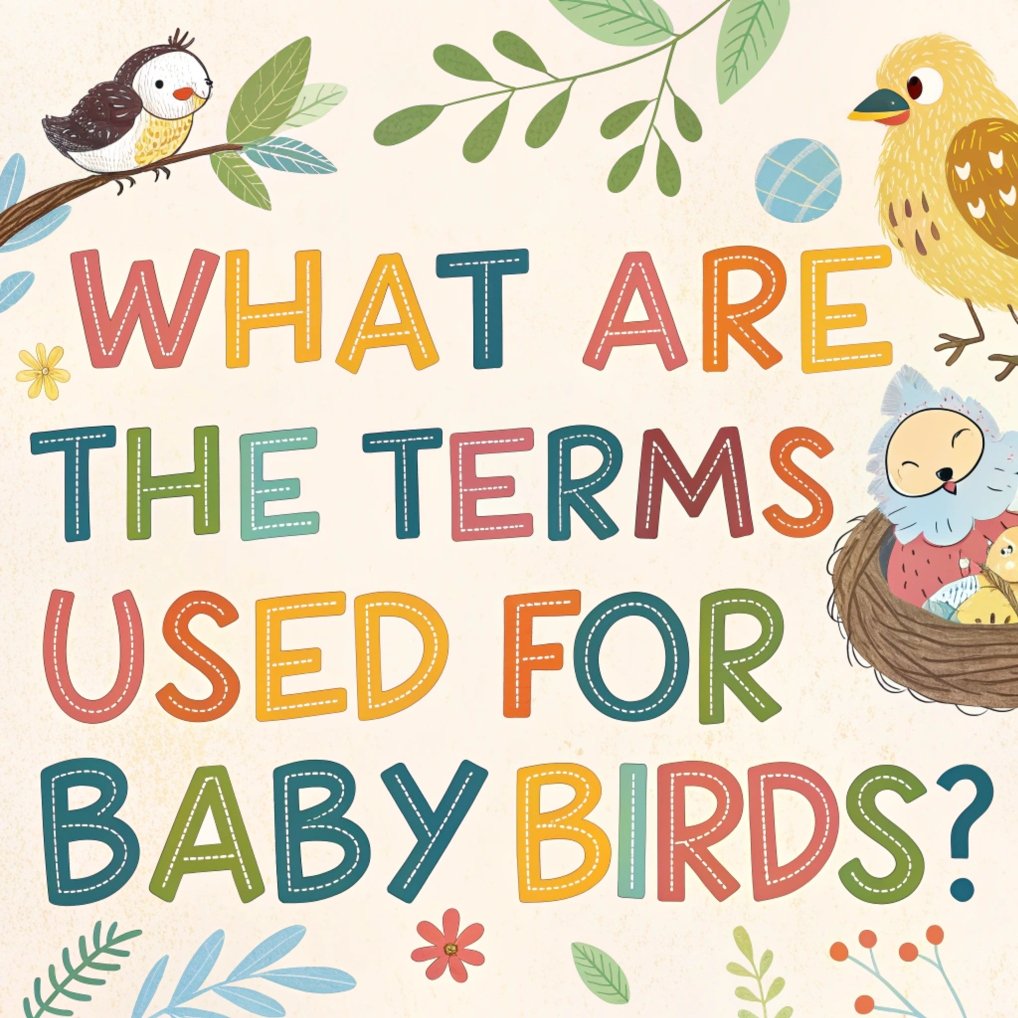
As hatchlings develop, they enter the nestling stage. This phase is characterized by rapid growth and the emergence of feathers. Nestlings remain in the nest, relying on their parents for food and care.
During this stage, altricial nestlings undergo significant changes. Their eyes open, and they begin to develop pin feathers – the precursors to their adult plumage.
These young birds become more active and vocal, often begging loudly for food when their parents return to the nest.
For precocial species, the nestling stage is much shorter or even non-existent. These chicks are often ready to follow their parents and begin foraging shortly after hatching.
However, they still rely on their parents for warmth and protection during their early days.
Taking Flight: The Fledgling Phase
The fledgling stage marks a crucial transition in a young bird’s life. Fledglings have left the nest and are learning to fly, but they’re not yet fully independent.
This stage is often the most visible to human observers, as young birds can be seen hopping around on the ground or perched on low branches.
Fledglings have most of their feathers, but their flight skills are still developing. They may make short, clumsy flights and spend a lot of time on the ground.
Despite appearances, fledglings are usually still under the watchful care of their parents, who continue to feed them and protect them from predators.
This stage can be particularly challenging for young birds, as they are vulnerable to predators and other hazards. However, it’s a crucial period for developing the skills they’ll need for independent life.
Chicks: A General Term for Baby Birds
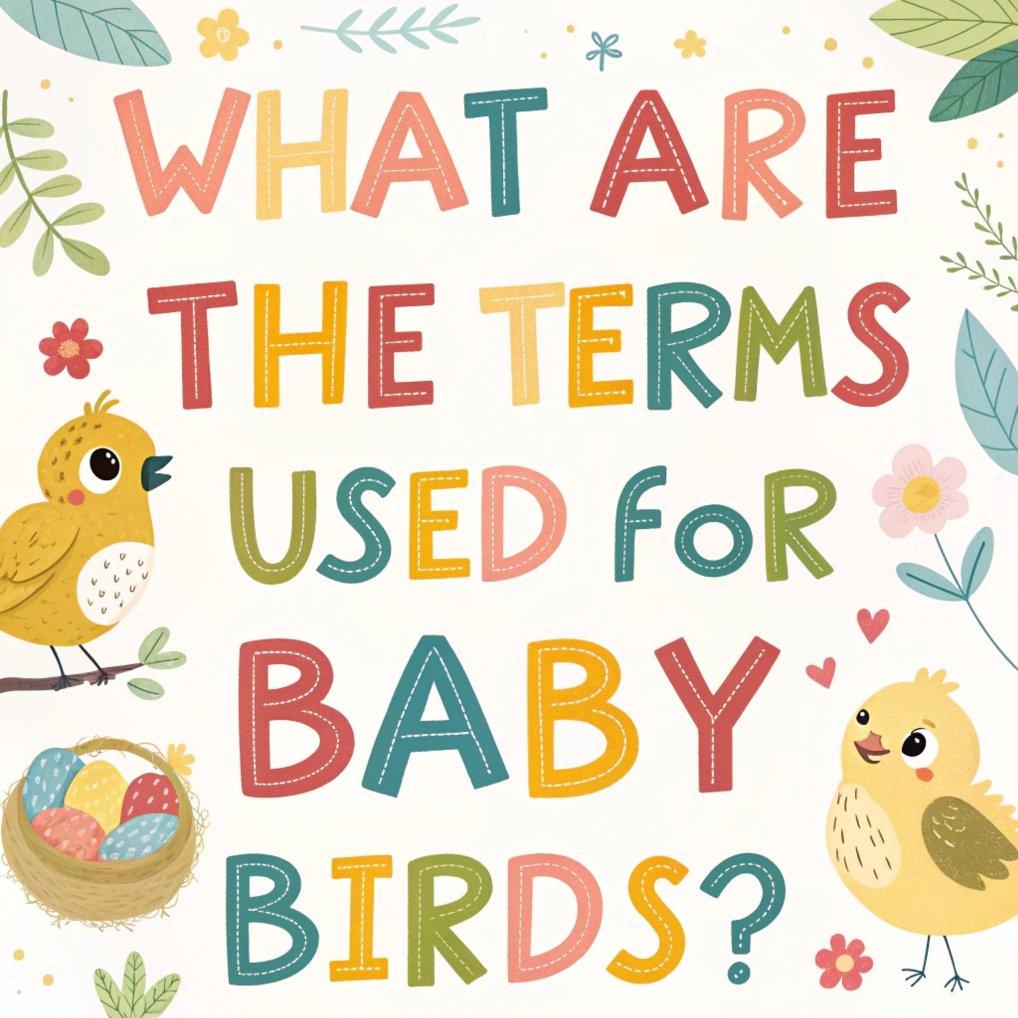
The term “chick” is often used as a general descriptor for baby birds, particularly in precocial species. This term can apply to birds at various stages of development, from newly hatched to nearly grown.
In the poultry industry, “chick” specifically refers to young chickens. However, in the broader context of ornithology, it’s used more generally. For example, we might speak of penguin chicks, eagle chicks, or ostrich chicks.
The term is particularly useful when discussing precocial species, where the distinctions between hatchling, nestling, and fledgling stages are less pronounced. These chicks are often able to walk, swim, or run shortly after hatching.
The Juvenile Stage: Approaching Adulthood
As young birds continue to grow and develop, they enter the juvenile stage. Juveniles have acquired their first set of adult feathers but may still differ in appearance from fully mature adults. This stage can last for several months or even years in some species.
Juvenile birds are typically independent of their parents but may not yet be sexually mature. In many species, juveniles have distinct plumage that differs from adult birds, often serving as camouflage or indicating their immature status to other birds.
During this stage, young birds continue to refine their flying skills, learn to forage effectively, and develop the behaviors they’ll need as adults.
For some species, this period also involves migration, where juveniles must navigate long distances for the first time.
Altricial vs. Precocial: Two Developmental Strategies
The terms altricial and precocial describe two different developmental strategies in birds. Understanding these concepts is crucial for comprehending the diverse ways in which baby birds grow and mature.
Altricial birds are born in a relatively underdeveloped state. They are typically naked, blind, and completely helpless at hatching.
These chicks require extensive parental care, including feeding, warming, and protection. Most songbirds, raptors, and woodpeckers are altricial.
In contrast, precocial birds hatch in a more advanced state. They are usually covered in down, have open eyes, and can walk or swim shortly after hatching.
While they still need parental guidance and protection, precocial chicks are more independent from the start. Ducks, chickens, and shorebirds are examples of precocial species.
The Clutch: Where It All Begins
A clutch refers to the group of eggs laid by a bird in a single nesting attempt. The size of a clutch can vary greatly between species and even within a species depending on factors like food availability and the age of the parent birds.
Understanding clutch size is important for bird conservation and research. It can provide insights into a species’ reproductive strategy and the health of a population.
Some birds, like many seabirds, typically lay only one egg per clutch, while others, like quail, may lay a dozen or more.
The term “clutch” is also used in the context of artificial incubation, where eggs are collected and hatched under controlled conditions for conservation or commercial purposes.
From Clutch to Brood: The Hatching Process
Once the eggs in a clutch hatch, the resulting group of young birds is called a brood. This term is used to describe the young birds while they’re still dependent on their parents, whether in the nest or following them around.
The transition from clutch to brood is a critical time for both parent birds and their offspring. For altricial species, this period involves intense parental care, with both parents often working tirelessly to feed and protect their vulnerable young.
In precocial species, the brood may leave the nest site shortly after hatching. These young birds, while more developed, still rely on their parents for protection and guidance in finding food and avoiding predators.
Fledging: The First Steps Towards Independence
Fledging is the process by which a young bird acquires the feathers and wing muscles necessary for flight and leaves the nest. This is a crucial milestone in a bird’s development, marking the transition from nestling to fledgling.
The fledging process can be gradual or abrupt, depending on the species. In some birds, young may return to the nest for several days after their first flights. Others may leave the nest and not return, even if they’re not yet proficient flyers.
Fledging is often a dangerous time for young birds. They’re vulnerable to predators and may struggle to find food on their own.
Parent birds continue to feed and protect their fledglings during this transition period, gradually reducing care as the young birds become more independent.
Species-Specific Terms: Unique Names for Baby Birds
While general terms like hatchling, nestling, and fledgling apply to most birds, some species have unique names for their young. These terms often reflect cultural or historical associations with particular birds.
For example:
- Ducklings are baby ducks
- Goslings are baby geese
- Cygnets are baby swans
- Chicks are often used for baby chickens
- Poults refer to baby turkeys
- Owlets are baby owls
- Eaglets are baby eagles
These specific terms add richness to our ornithological vocabulary and often reflect the unique characteristics or cultural significance of different bird species.
The Importance of Proper Terminology in Ornithology
Understanding and using the correct terminology for baby birds is crucial in ornithology and bird conservation.
These terms provide precise descriptions of a bird’s developmental stage, which is important for research, conservation efforts, and wildlife rehabilitation.
For researchers, using standardized terms ensures clear communication about bird development across different studies and species.
In conservation, knowing the specific needs of birds at different stages helps in designing effective protection strategies.
For wildlife rehabilitators, recognizing whether a bird is a nestling, fledgling, or juvenile can determine the appropriate care and whether human intervention is necessary. This knowledge can literally mean the difference between life and death for a young bird.
Observing Baby Birds: Tips for Birdwatchers
For birdwatching enthusiasts, observing baby birds can be a rewarding experience. However, it’s important to do so responsibly to ensure the safety and well-being of the young birds.
When observing nests, maintain a safe distance to avoid disturbing the parents or attracting predators.
Use binoculars or a spotting scope for close-up views without getting too near. Be aware that fledglings on the ground are often still cared for by their parents and don’t need human intervention unless they’re in immediate danger.
Learning to identify the different stages of baby birds can enhance your birdwatching experience and contribute valuable data to citizen science projects focused on bird breeding and population dynamics.
Conservation Implications: Protecting Vulnerable Young Birds
Understanding the different stages of baby bird development is crucial for conservation efforts. Each stage presents unique challenges and vulnerabilities that conservationists must address to protect bird populations.
For example, nest predation is a significant threat during the egg and nestling stages. Conservation strategies might include predator control or providing artificial nest sites that offer better protection.
During the fledgling stage, creating safe habitats with adequate cover can help young birds survive this vulnerable period.
Climate change poses additional challenges, potentially disrupting the timing of breeding seasons and the availability of food sources for growing chicks.
Conservation efforts must consider these factors to ensure the survival of bird populations in a changing world.
FAQs
Q: What’s the difference between a nestling and a fledgling?
A: A nestling is a young bird still confined to the nest, while a fledgling has left the nest but is still learning to fly and fend for itself.
Q: How long does the nestling stage typically last?
A: The duration varies by species, but for many small songbirds, it’s about 2-3 weeks.
Q: Are all baby birds called chicks?
A: While “chick” is often used generally, it’s more commonly applied to precocial species like chickens and ducks.
Q: What should I do if I find a baby bird on the ground?
A: If it’s feathered, it’s likely a fledgling and should be left alone unless in immediate danger. If it’s unfeathered, try to return it to its nest if possible.
Q: How can I tell if a baby bird is altricial or precocial?
A: Altricial birds are born naked and helpless, while precocial birds hatch with down feathers and can often walk or swim shortly after hatching.

Hello, I’m Emily Price, the founder of Birds Affection. As a passionate bird enthusiast and spiritual seeker, I’ve always been fascinated by the symbolic meanings and mystical connections between birds and our lives. On this website, I share my knowledge and insights on the spiritual significance of various bird species, exploring their roles as messengers, guides, and teachers. Through my writing, I aim to inspire and educate others on the profound wisdom and beauty that birds bring to our world. Join me on this journey as we delve into the enchanting realm of bird symbolism and discover the hidden meanings behind these magnificent creatures.

